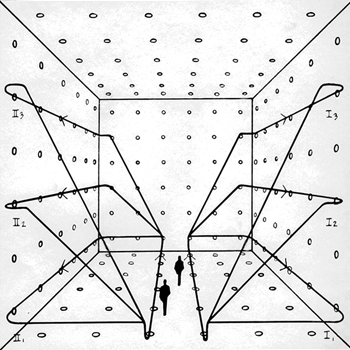Question #c91de
2 Answers
1
Explanation:
assuming you mean natural log here
of you can hit it with L'Hopital as it's
you can also look at it as
and that bit in red is the definition of
you'd need a little bit more algebra to do that, ie lift the
Explanation:
We need to find
Substituting
Therefore apply L'Hospital's Rule. Differentiate the numerator and differentiate the denominator and then take the limit.
We obtain

